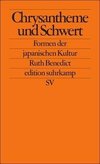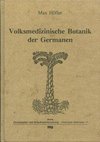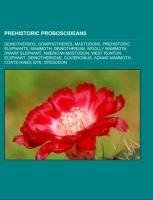
-
 Anglický jazyk
Anglický jazyk
Prehistoric proboscideans
Source: Wikipedia. Pages: 48. Chapters: Deinotheriids, Gomphotheres, Mastodons, Prehistoric elephants, Mammoth, Deinotherium, Woolly mammoth, Dwarf elephant, American mastodon, West Runton Elephant, Deinotheriidae, Cuvieronius, Adams mammoth, Coats-Hines... Viac o knihe
Na objednávku
15.58 €
bežná cena: 17.70 €
O knihe
Source: Wikipedia. Pages: 48. Chapters: Deinotheriids, Gomphotheres, Mastodons, Prehistoric elephants, Mammoth, Deinotherium, Woolly mammoth, Dwarf elephant, American mastodon, West Runton Elephant, Deinotheriidae, Cuvieronius, Adams mammoth, Coats-Hines Site, Stegodon, Manis Mastodon Site, Straight-tusked Elephant, Moeritherium, Columbian Mammoth, Gomphotherium, Lyuba, Amebelodon, Island 35 Mastodon, Elephas celebensis, Steppe mammoth, Jarkov Mammoth, Cyprus Dwarf Elephant, Pygmy Mammoth, Hiscock Site, Anancus, Platybelodon, Elephas recki, Mammut raki, Mammuthus sungari, Imperial mammoth, Palaeoloxodon, Tetralophodon, Boaz mastodon, Stegomastodon, Mammutidae, Prodeinotherium, Mammuthus meridionalis, List of museums and colleges with mastodon fossils on display, Elephas falconeri, Chilgatherium, Barytherium, Eubelodon, Madelenian, Archaeobelodon, Sinomastodon, Rhynchotherium, Phiomia, Gnathabelodon, Palaeomastodon, Numidotherium, Stegodontidae, Zygolophodon, Anthracobunidae, Elephas mnaidriensis, Primelephas, Haplomastodon, Notiomastodon, Numidotheriidae, Pilgrimella, Eritreum, Phosphatherium, Indobune, Lammidhania, Daouitherium, Morrillia, Ishatherium, Anthracobune, Hsanotherium, Jozaria, Elephas namadicus, Elephas hysudricus, Nakusia, Serbelodon, Zygolophodon tapiroides, Mammuthus africanavus, Hemimastodon, Mammuthus subplanifrons, Stegodon florensis insularis, Paratetralophodon, Wenas Creek Mammoth, Stegolophodon, Stegotetrabelodon. Excerpt: The woolly mammoth (Mammuthus primigenius), also called the tundra mammoth, is a species of mammoth. This animal is known from bones and frozen carcasses from northern North America and northern Eurasia with the best preserved carcasses in Siberia. They are perhaps the most well known species of mammoth. This mammoth species was first recorded in (possibly 150,000 years old) deposits of the second last glaciation in Eurasia. It was derived from the steppe mammoth (Mammuthus armeniacus). It disappeared from most of its range at the end of the Pleistocene (10,000 years ago), with a dwarfed race still living on Wrangel Island until roughly 1700 BC. Woolly mammoths are common in the fossil record. Unlike most other prehistoric animals, their remains are often not literally fossilised - that is, turned into stone - but rather are preserved in their organic state. This is due in part to the frozen climate of their habitats, and also to their massive size. Woolly mammoths are therefore among the best-understood prehistoric vertebrates known to science in terms of anatomy. Woolly mammoths lived in two groups which are speculated to be divergent enough to be characterised as subspecies. One group stayed in the middle of the high Arctic, while the other group had a much wider range. The Bering Land Bridge likely played an important role in structuring woolly mammoth populations, acting as an ecological barrier. Recent stable isotope studies of Siberian and New World mammoths has shown there were also differences in climatic conditions on either side of the Bering Land Bridge, with Siberia being more uniformly colder and drier throughout the Late Pleistocene. While woolly mammoths were not noticeably taller than present-day African elephants, they were larger and heavier. Fully grown mammoth bulls reached heights between 2.8 m (9.2 ft) and 4.0 m (13.1 ft); the dwarf varieties reached between 1.8 m (5.9 ft) and 2.3 m (7.5 ft). They could weigh up to 8 tonnes (8.8 tons). Woolly
- Vydavateľstvo: Books LLC, Reference Series
- Rok vydania: 2011
- Formát: Paperback
- Rozmer: 246 x 189 mm
- Jazyk: Anglický jazyk
- ISBN: 9781157265245
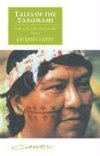
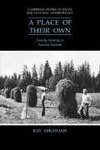
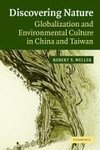
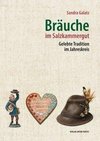
 Nemecký jazyk
Nemecký jazyk 





